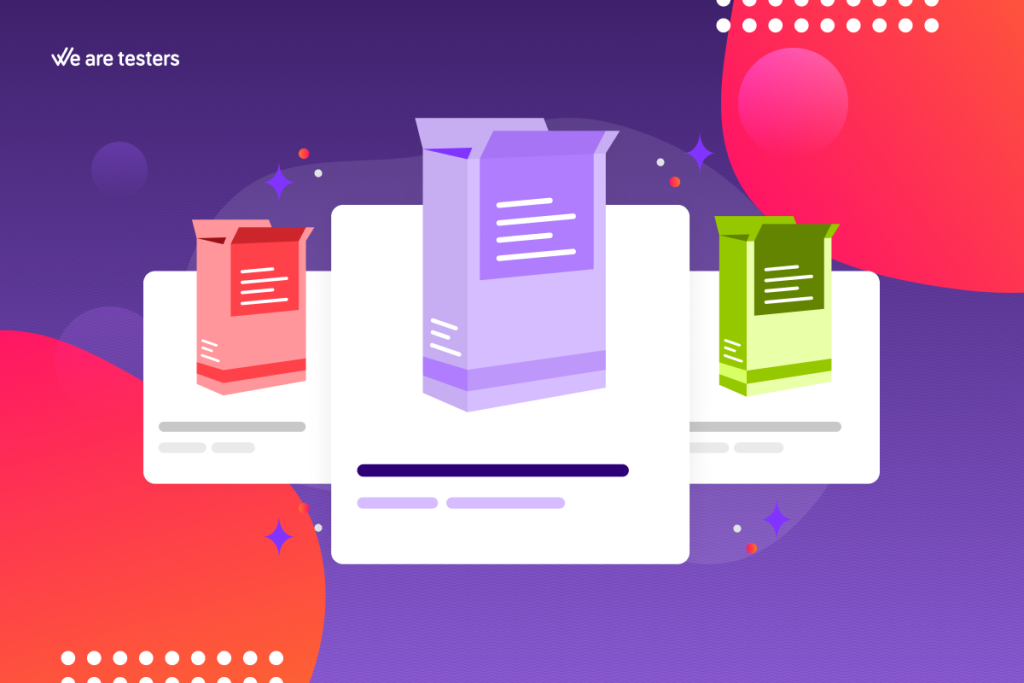
Creating a new packaging design and seeing sales plummet is one of the worst nightmares that many marketers can have. It shouldn’t happen. However, top brands worldwide have experienced this. How can it be avoided? A pack test helps reduce the risk and confidently launch your new branding. Here, we’ll tell you all about the keys to pack tests.
What is a pack test?
A packaging test, or pack test, is a market research study used to evaluate the ability of a new packaging design to meet the objectives for which it was created. These objectives can vary:
- Boosting sales. Every packaging redesign aims to increase its appeal to be chosen on store shelves.
- Expanding sales to new consumer groups. Sometimes a product is successful among a certain consumer segment, but you want to increase sales by attracting other buyers, such as «refreshing» a traditional brand.
- Repositioning the brand. Occasionally, you want to give a different image to the brand to make it more credible or better associated with certain «category entry points.»
- Introducing new uses. A very common case is when new packaging designs are created for out-of-home consumption, where the design’s ability to meet the needs of that specific moment needs to be evaluated.
- Implementing technical improvements or adapting to legislative changes. Consumers want safer, more practical, and more sustainable products. Changing the packaging is key in these cases.
Regardless of the redesign’s objectives, consumers will have the final say on whether the proposed changes represent an improvement over the previous version and the competition.
Why is it important to conduct a packaging test?
In the history of marketing, there are well-known cases of new launches that not only failed to achieve their objectives but also damaged the product’s sales figures. Nobody wants that to happen to their product, so a pack test helps reduce common risks, such as:
- Loss of brand identity. To maintain their regular purchasing choice, consumers must recognize the packaging they regularly buy. Drastic changes can confuse them, even if the brand name remains on the packaging.
- Change in the product’s message. It’s possible that after the redesign, competing packaging better conveys what the consumer is looking for in the product.
- Lack of differentiation. The new design may not stand out enough from competitors’ packaging. When this happens, consumers can’t make the right choice and end up not buying their trusted brand.
- Inappropriate design elements. Sometimes specific aspects of the packaging can negatively impact its appeal. Colors, typefaces, images, or specific claims can have a negative impact on credibility and purchase intent.
A pack test will prevent these risks and ensure that the investment in the redesign and market launch of the new product is secure. Furthermore, the packaging test will provide information on possible improvements to apply to the final design.
When to conduct a packaging test?
There are different situations where brands can safeguard their investments with a packaging test.
- Complete brand redesign. When the brand identity changes, packaging is one of the most important aspects to evaluate before the launch.
- Launch of new products or varieties. In these cases, the entire range is not changed; instead, a product is added to the portfolio. In this case, evaluating the packaging is also important.
- Substantial changes in packaging. Sometimes, a specific element is changed, either to help reposition the product, make it more sustainable, or respond to new regulatory requirements.
In all these cases, the packaging test will provide greater confidence when making decisions and bringing the new design to market.
How to conduct a pack test?
A pack test can use qualitative and quantitative research techniques. Qualitative research is very useful as the first part of the process when you want to gather fresh and spontaneous information about different packaging ideas. However, whether you conduct qualitative research or not, you’ll end up conducting quantitative research that allows you to obtain precise numerical data on consumer preferences. In a quantitative pack test, one or several design options are presented to consumers for evaluation, and they choose the most attractive one. This packaging test will also provide valuable information to improve the final design.
Common questions in a pack test
A packaging test often includes certain common questions:
- Liking level. E.g., on the following scale, how much do you like the packaging?
- Visual appeal level. E.g., on the following scale, how visually appealing is the product?
- Differentiation level. E.g., on the following scale, how different is it from what you usually find at your regular store?
- Relevance level. E.g., on the following scale, how relevant does the packaging provide information for you?
- Questions about brand attributes to be communicated. On the following scale, to what extent do you think the packaging represents a high-quality product?
- Appropriateness level. E.g., on the following scale, how appropriate is it for someone like you?
- Purchase intent. E.g., on the following scale, how willing would you be to buy this product?
- Identification of improvements. What would you change or improve about the packaging? (Open-ended question).
There are many other possible questions to ask, but these are commonly found in many of them.
How to conduct your packaging test?
Now you know all the details of pack tests. If you’re considering evaluating new packaging proposals, We are testers can help you. From defining your research objectives to assisting you in analyzing the results, our team of research experts can accompany you throughout the process. Don’t hesitate. Get in touch with us and ensure the success of your new packaging with a pack test.
Update date 11 June, 2024

